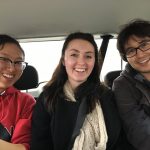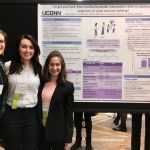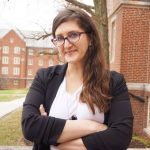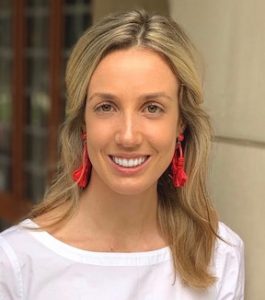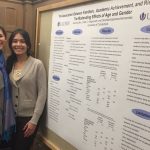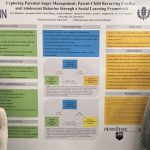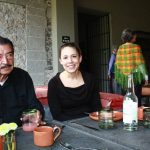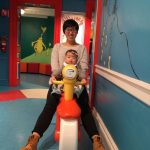Bullying in the school setting is not a new concern, but rather an ongoing issue that hasn’t been properly addressed in the past. Currently, psychologists have been working in new ways to identify and manage bullying and violence in school as they recognize the serious and sometimes deadly consequences this negative behavior has. Bullying can be better defined as a repeated negative, ill-intentioned behavior perpetrated by one or more students and directed against a student who has difficulty defending himself or herself. Typically, the perpetrator(s) are characterized as being impulsive, aggressive and defiant, as they exhibit a strong need to dominate or subdue others. On the other hand, victims are usually described as being cautious, sensitive, cautious, withdrawn, and shy. They may present anxious and insecure behaviors which may often lead to an increased chance of developing a low-self-esteem and depression. Researchers have taken a look towards the prevalence of bullying in the school setting, finding out that 17 percent of students reported having been bullied “sometimes” and six percent reporting both bullying others and being a victim of bullying.
Having recognized the importance of bullying and school violence, psychologists have greatly contributed to the development of comprehensive models designed to reduce and prevent bullying among students. Programs like for example the Olweus Bullying Prevention Program have focused on creating a school and home environment surrounded by warmth and positive involvement from adults as it is complemented with firm limits on unacceptable behaviors and consistent applications of non-punitive, non-physical sanctions for unacceptable behaviors. This program has yielded significant results including substantial reductions in the frequency of reports, significant improvements in the social climate of the class and improvement in students’ satisfaction with school life.
Bullying has been an ongoing issue both in historical and current contexts. Research on bullying and school violence has leaned towards the development of scientific models that would reduce and prevent its prevalence in schools and academic settings. From a social standpoint, these outcomes can be beneficial as negative effects that could possibly escalate in the future are substantially reduced. It is important to recognize that a great number of scientific literature (both studies and books) address the importance of bullying and treat it as a “hot-topic” to highlight it’s importance in our current and future social setting.
Link to Article: https://www.apa.org/research/action/bullying





